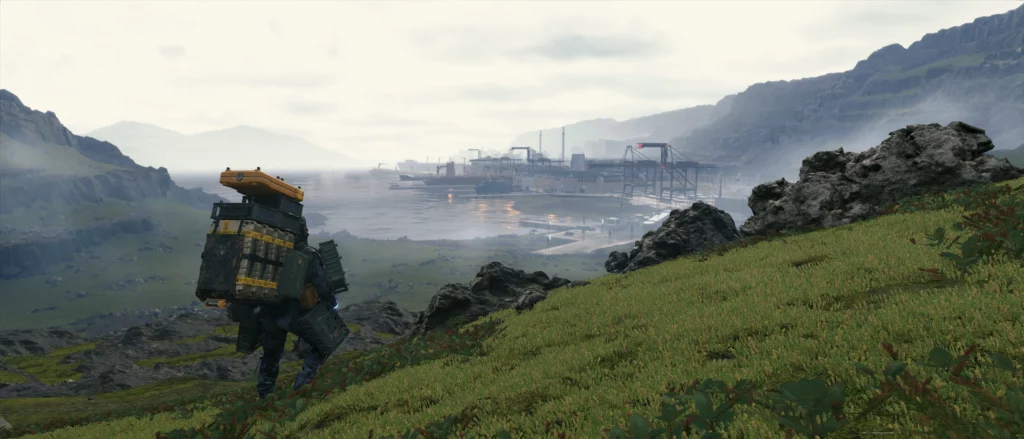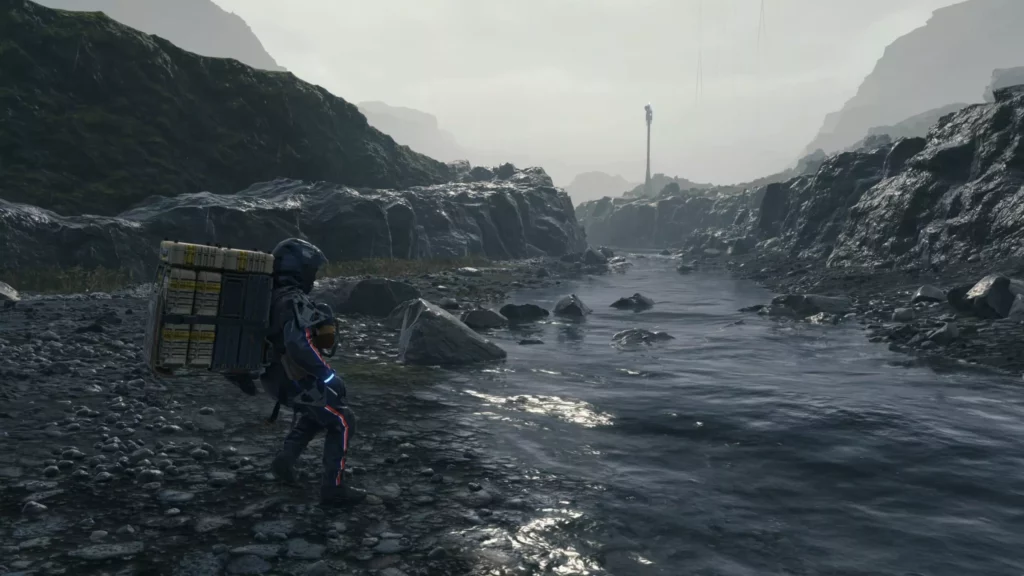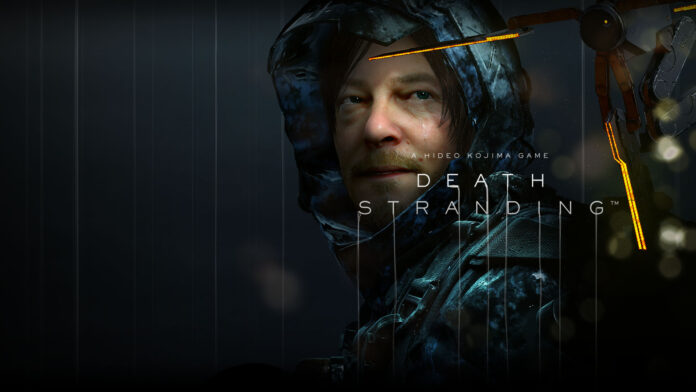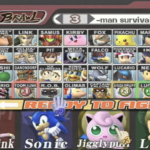No game in recent memory generated as much speculation and hype as when Death Stranding was first announced. The subsequent trailers were so cryptically cinematic that, combined with the overall allure of Hideo Kojima, led to many fans being ecstatic for what was to come from the director’s first game after the Konami era.
That initial hype was matched only by the mixture of anger, confusion, joy and apathy that represented most people’s reactions when the game was finally released in November 2019. Years later, with a director’s cut come and gone, we can examine Death Stranding for what it is, warts and all.

A quick summary of the game: in Death Stranding, you play as Sam Porter Bridges, a delivery man who is tasked with reconnecting a fragmented America, which was destroyed by a sort of apocalyptic event known as the ‘death stranding.’ It is an open-world game where you must deliver packages from Point A to Point B, dealing with obstacles such as enemies, BTs (ghost-like creatures that appeared during the death stranding) as well as the terrain itself.
Let’s start with the bad: the writing and pacing of the story are rough. Dealing with themes such as time, death, grief and the power of human connection are all great, but they get trampled by needless exposition and underdeveloped characters. Extremely minor characters are introduced as quickly as they are dismissed, often feeling as if “these were put here solely to prolong or bring in gameplay elements.”
Where the story doesn’t get bogged down by superfluous characters, it’s the dialogue between characters that keeps it a slog. Kojima notably became more self-indulgent in the latter Metal Gear Solid titles and now, free from the restraints of Konami, we get all of his grandest ideas unfiltered where a cleanup crew was desperately needed. People joke about the ‘Princess Beach’ scene, and there are more serious scenes with questionable dialogue that keep the fascinating ideas the game has from hitting as hard as they could.
The gameplay, as it progresses, becomes better and better as more options become available to the player; it’s generally agreed that Episode 3 is when the game opens up. The drawback is that this requires several hours of sitting through very long cutscenes and a slower pace of play before the game can really “begin.” This is just too steep a demand in a time when so many AAA studios make titles that immediately get you into the action..
If you’ve made this far, you might be thinking “is there anything about this game that’s actually good?” The answer, somehow, is yes.

The ideas and themes tackled in Death Stranding are interesting and unique, even if the execution doesn’t do them justice. Learning about the world, the death stranding itself, and how people act in a fragmented world that desperately needs to be reconnected can draw interesting parallels with our own lives. Kojima has often been praised for being ‘ahead of his time’ and while he doesn’t give the subject matter in Death Stranding the same polish as he did in the earlier Metal Gear Solid games, there’s enough there that is worth indulging.
Traversing environments and delivering packages from Point A to Point B wouldn’t appear to be a recipe for incredibly satisfying gameplay; yet, it is. Figuring what path you want to take, what gear you will need, and how to account for any mishaps along the way becomes a seamless process that is addictive and rewarding. Pushing yourself to deliver large amounts of cargo in a speedy manner with no damage to the packages is engaging, and lends the player to think of ways to make the next trip easier. It might take too long to get going, but the actual gameplay of Death Stranding builds into a deeply immersive and therapeutic experience.
And it’s the “make the next trip easier” aspect of the game that makes the online multiplayer component the true standout. The world of Death Stranding is difficult and cruel, and the initial trips are always the most brutal. But as you slowly reconnect the world, structures and equipment from other players become available to you. It makes things easier to deal with, and also gives you the opportunity to find out you can contribute, whether it’s a bridge or a ladder, to make the lonely world of Death Stranding a little less lonely.
When I think about the totality of Death Stranding, I’m reminded of the movie Cloud Atlas. It was bold, ambitious, and tried to do a lot of new and creative things. In many respects, it tried to punch above its weight and failed as a result. Yet despite its clear flaws, it is important that it exists. This is how I feel about Death Stranding. Its drawbacks are crystal clear and the time sink it demands of players to experience the good is too steep. But it is one of the most unique and inspired games I’ve played in years. I am grateful that such a game exists, that a director with a budget behind him will dare to try new things.
So can I recommend Death Stranding? I don’t think so. At the same time, it’s also worth asking: in an era where so many games are derivative of others, why not try something new?








